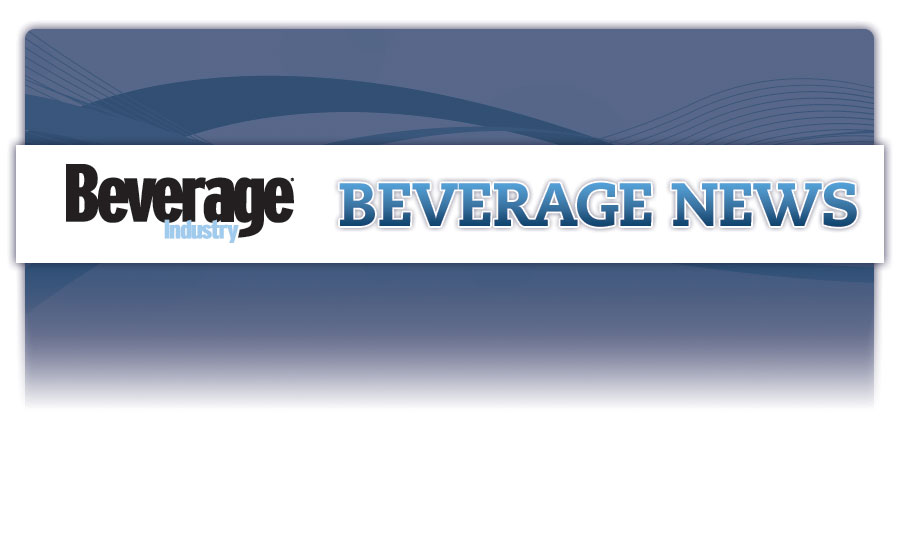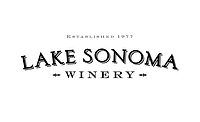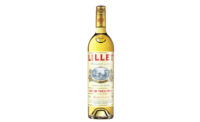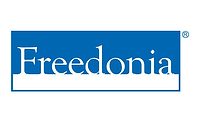Demand for wine packaging in the United States is projected to reach $2.9 billion by 2019, according to a new study from New York-based Freedonia titled “Wine Packaging.” Growth will benefit from continued favorable gains in domestic wine consumption and production as well as increases in disposable personal income, the market research firm states. In the United States, wine is becoming more prevalent as an accompaniment to meals at home rather than a beverage consumed at restaurants or special events. Opportunities for related packaging will benefit from the importance of packaging both as a marketing tool and for its ability to enhance the perception of wine quality.
Dominant glass bottles to lose market share
Glass bottles by far are the leading wine container type, but glass will continue to lose market share to a growing array of alternative package formats, the market research firm says. In addition to bag-in-box packaging, other containers that have established a presence include plastic bottles, plastic cups and goblets, aseptic cartons, flexible pouches, and aluminum cans.
These alternatives are growing in popularity because of performance features, product differentiation capability and appeal to younger consumers who are less attached to wine traditions than older consumers, it adds.
Bag-in-box packaging will register solid increases because of expanded 1.5- and 3-liter premium offerings. The recent adoption of bag-in-box by premium wine brands, particularly in 3-liter sizes, is helping to mitigate the stigma of boxed wine as inferior in quality to bottled wine. Bag-in-box wines offer a variety of benefits for consumers, including lower cost per unit of volume, extended freshness and easier dispensing and storage, according to Freedonia.
An additional advantage of bag-in-box containers is their large surface area, which offers significantly more space for colorful graphics and text than bottle labels, the market research firm notes.
Cork demand will be sustained by the entrenched position of glass bottles in the wine industry, as well as their appeal to traditionalists and wine connoisseurs. Moreover, there is a general expectation of cork with premium wines as a symbol of prestige, it adds. Cork demand also will benefit from the stronger cultural preference for corks in the United States than in many other countries, though growing competition from alternative packaging formats that do not utilize corks will limit advances. Technical corks, such as micro-agglomerated and twin-disk types, account for the majority of cork demand and will record more rapid gains than full natural corks. Priced competitively with synthetic corks, technical corks offer many of the advantages of natural cork, and have helped cork to recapture some of the share lost to synthetic corks during the past decade.
Newer container sizes to grow most rapidly
Wine containers are experiencing rapidly increasing diversity in terms of package formats and sizes, according to Freedonia.
The fastest growth for containers will be outside the dominant 750-ml size, including both smaller- and larger-sized offerings. Single-serving wine packaging will post robust advances, fueled by their advantage of enabling wine to be taken to or sold in places that typically prohibit glass containers. Moreover, single-serving containers enable wine to be more competitive with beer in venues such as stadiums, theaters, concert halls and theme parks, the market research firm says.
Among the single-serve containers for wine — plastic bottles, aseptic cartons, cans, and cups and goblets — cups and goblets are forecast to post the fastest gains, albeit from a small base.



